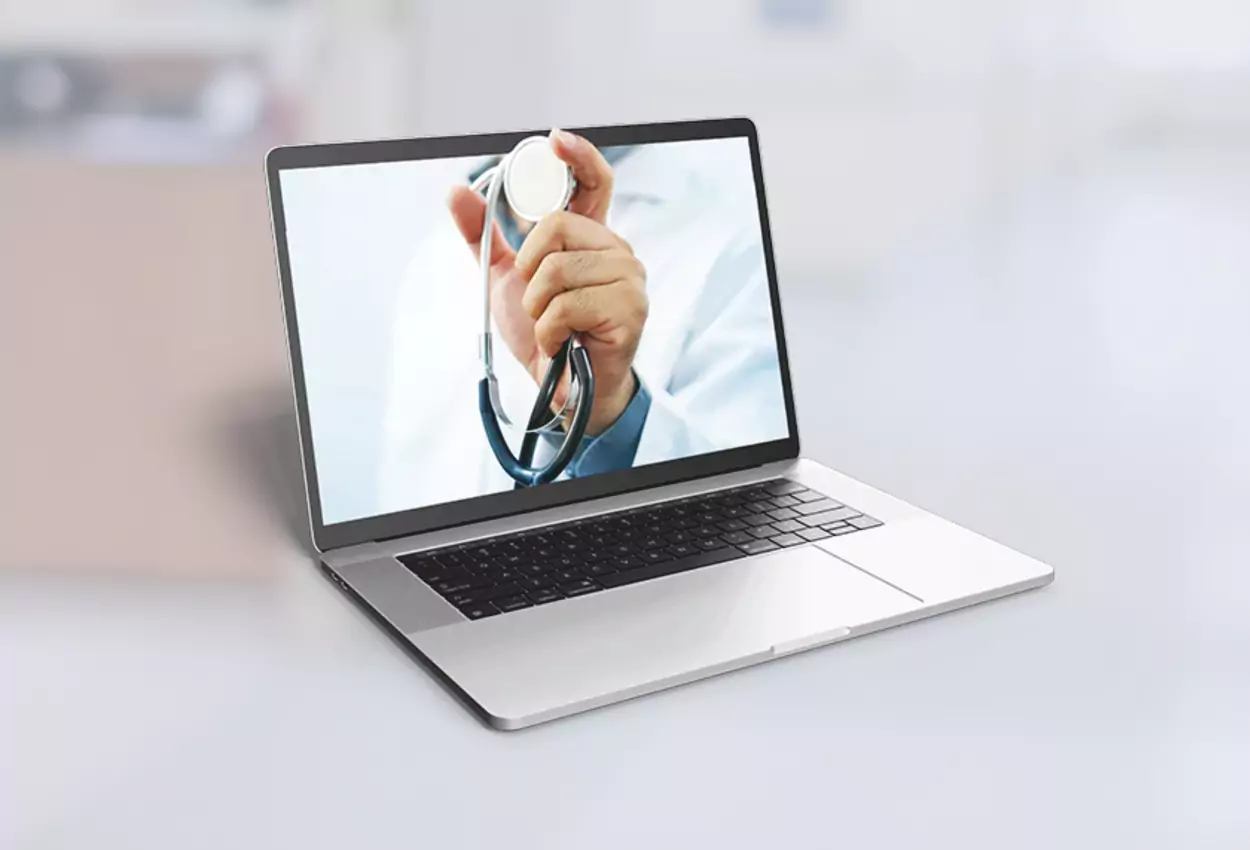In recent years, Africa has witnessed a significant transformation in its healthcare landscape, primarily driven by technological advancements. One of the most impactful innovations has been telehealth, which has emerged as a vital solution for improving healthcare access across the continent. With vast geographical barriers, limited healthcare infrastructure, and a shortage of medical professionals, telehealth offers a promising avenue to address these challenges and enhance health outcomes for millions of Africans.
Understanding Telehealth
Telehealth encompasses a range of technologies and services that facilitate remote healthcare delivery. It includes video consultations, mobile health applications, remote monitoring, and telemedicine. This approach allows healthcare providers to connect with patients in real time, regardless of their physical location, thereby breaking down barriers to access.
In Africa, where urban-rural disparities are stark, telehealth can be a game changer. Many rural areas lack adequate medical facilities and specialists, forcing patients to travel long distances for care. Telehealth mitigates this issue by bringing healthcare services directly to patients, enabling timely diagnosis and treatment.
Bridging the Access Gap
One of the most pressing issues in African healthcare is access. The World Health Organization (WHO) estimates that about 60% of the population in sub-Saharan Africa lacks access to essential health services. Telehealth has the potential to bridge this gap significantly.
In countries like Kenya, South Africa, and Nigeria, innovative telehealth platforms have been launched to connect patients with healthcare providers. For instance, mHealth initiatives in Kenya allow patients to consult doctors via SMS or mobile apps. This is especially beneficial in areas where internet connectivity may be limited. By providing information and consultations through simple mobile technology, healthcare providers can reach communities that otherwise would remain underserved.
Cost-Effectiveness
Telehealth also presents a cost-effective solution to healthcare delivery. Traditional healthcare often involves significant costs for both patients and providers, including transportation, waiting times, and the overhead of maintaining physical facilities. Telehealth reduces these expenses by minimizing the need for in-person visits and allowing healthcare providers to serve more patients efficiently.
For example, telehealth services can help manage chronic diseases, such as diabetes and hypertension, through regular remote monitoring and consultations. Patients can receive ongoing support without frequent visits to healthcare facilities, ultimately reducing the financial burden on both patients and the healthcare system.
Enhancing Quality of Care
Innovations in telehealth not only improve access and reduce costs but also enhance the overall quality of care. Telehealth platforms often integrate electronic health records (EHRs), allowing healthcare providers to access patient histories, lab results, and treatment plans quickly. This comprehensive view enables better-informed decision-making and personalized care.
Furthermore, telehealth facilitates continuous education and training for healthcare providers, particularly in rural areas where access to professional development opportunities is limited. Through webinars and online training sessions, healthcare workers can stay updated on the latest medical practices and technologies, ultimately improving the standard of care they provide.
Overcoming Challenges
Despite its potential, the widespread adoption of telehealth in Africa is not without challenges. Issues such as limited internet connectivity, especially in rural regions, and the digital divide can hinder access to telehealth services. Moreover, the lack of regulatory frameworks and reimbursement policies for telehealth can create barriers for both providers and patients.
To overcome these challenges, various stakeholders, including governments, NGOs, and private companies, must work collaboratively to enhance the technological infrastructure. Initiatives to improve internet access in remote areas, along with efforts to create supportive regulatory environments, are essential for the sustainable growth of telehealth.
Success Stories
Several success stories from across the continent illustrate the transformative impact of telehealth. In South Africa, a telehealth platform called HealthForce has connected thousands of patients to specialists, reducing waiting times for consultations. The service has proven especially beneficial for individuals with chronic conditions, who require regular monitoring and follow-ups.
In Nigeria, the company 54gene has leveraged telehealth to provide genetic testing and health consultations. By utilizing telemedicine, they have expanded access to advanced healthcare services, enabling patients to receive specialized care that was previously unavailable to them.
Similarly, in Ethiopia, the government has implemented a telehealth initiative that connects health workers in remote areas with specialists in urban centers. This program has improved diagnostic capabilities and treatment options for patients in rural communities, significantly enhancing healthcare access.
The Future of Telehealth in Africa
As we look toward the future, the potential for telehealth in Africa is vast. The COVID-19 pandemic has accelerated the adoption of telehealth technologies, leading to increased awareness and acceptance among both patients and providers. This momentum presents an opportunity to further integrate telehealth into the broader healthcare system.
Investments in digital health technologies, coupled with government support and public-private partnerships, can help scale telehealth solutions across the continent. Additionally, as mobile phone penetration continues to rise, more Africans will gain access to telehealth services, improving health outcomes and reducing inequalities.
Conclusion
Telehealth is not just a temporary solution; it represents a paradigm shift in how healthcare is delivered in Africa. By overcoming geographical barriers, reducing costs, and enhancing the quality of care, telehealth is poised to transform the healthcare landscape on the continent. As innovations continue to emerge, the focus should remain on creating an inclusive and supportive environment that allows telehealth to thrive, ensuring that every African has access to the healthcare they deserve. The journey is just beginning, but the promise of telehealth is clear: a healthier future for all.



